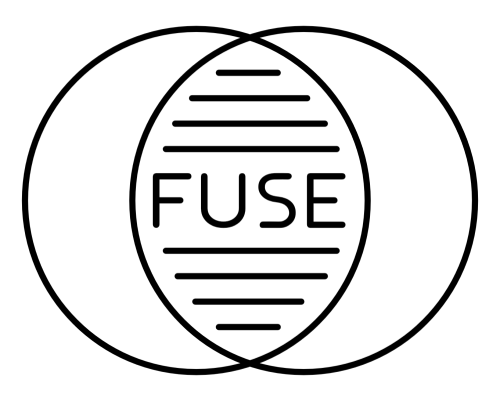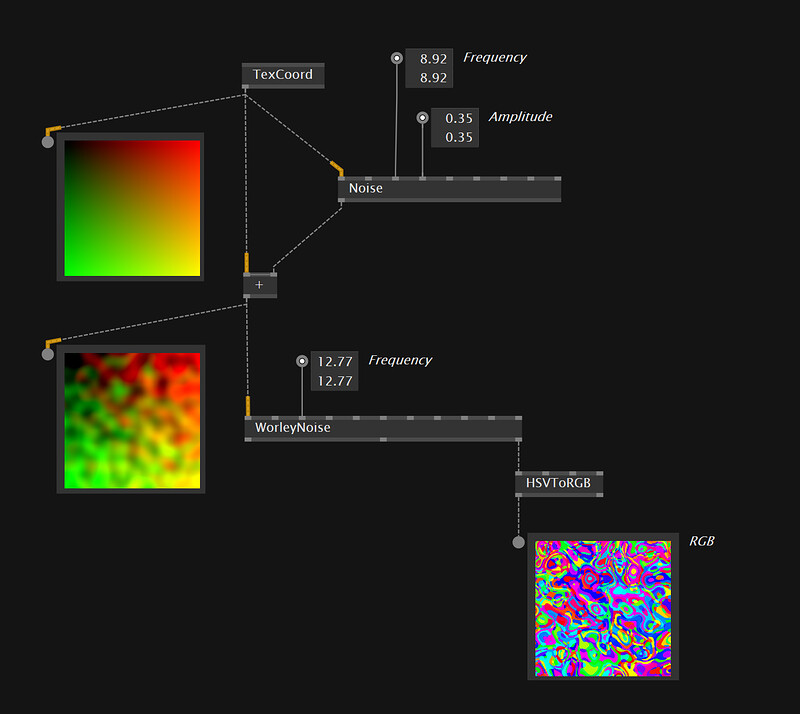
The Fuse Lab (Natan Sinigaglia / dottore | Kyle McLean / everyoneishappy | Christian Riekoff / Texone) would like to give you a heads up on a project we are undertaking in these times that we would hope should be of some inspiration and enthusiasm for the beloved VVVV community!
The FUSE project will provide a well researched collection of GPU tools and libraries to use with VL.Stride :
- Domain specific high level node collections
- Distance Fields & Raymarching
- Particles
- Procedural Geometry
- Textures and Materials
- GPGPU
- A domain agnostic set of nodes and helpers for patching GPU logic
- A clean collection of abstract shader functions that can be easily referenced for coders
Intended to benefit the community and wider ecosystem :
- Free and opensource
- Well documented
- Produced in collaboration with the VVVV group to iterate and improve on the core shader based workflows and approaches of VL.Stride.
Kindly hosted by the NODE Institute, we presented this project in greater detail and had a great discussion: YouTube video
And the Slides: Presentation PDF
We are seeking support from the community to be able to do this in a sustainable and responsible way.
What that support means for the results is that FUSE will be
- Better made
- More emphasis and attention given to documentation
- Produced on a much more accelerated timeline
- Easy extensibility
- Better maintained
Please do consider helping to support this initiative:
Be a Sponsor: store.vvvv.org/products/fuse
Register for other assistance: Google form
Chat Room: matrix:#VL.Fuse
Source Code: github/TheFuseLab
Funds from these sponsorships are governed by Natan Sinigaglia, Kyle McLean and Christian Riekoff, core developers of the FUSE project.
Thanks and stay tuned for updates!
The FUSE lab
Many thanks to those who have already contributed to make the project happen!
Sponsors:
Refik Anadol, Quayola, wirmachenbunt, schnellebuntebilder, m box
Super Backers:
Analog Native, MESO, Noir, -naut, Takuma
Backers:
amairu, reaktant, Konstantin Semilakovs, Studio Brüll, Studio de Maan, circuitb, Pavel Karafiat, gegenlicht, Chris Plant, Tin Tran, Aleksei Lizunov, Shaul Tzemach, sebescudie, nissidis, urbandrone, Lorenz Potthast, mino, tobik, m4d, lasal, ravazquez, Didi Bruckmayr, Christine Mayerhofer, Metarchetype, motzi, Achim Stromberger, Robe Santoro, Andreu Lucio, chk, Amir Bastan



